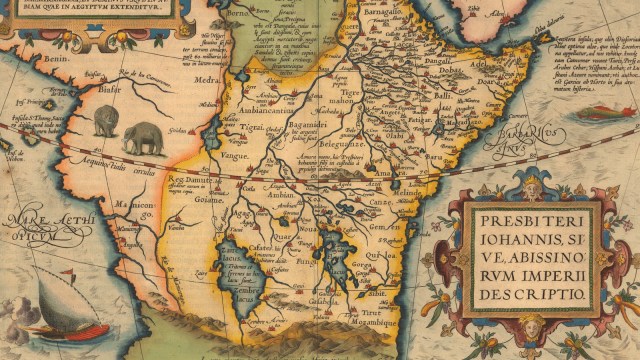455 – Typogeography of Latin America
Sign up for the Smarter Faster newsletter
A weekly newsletter featuring the biggest ideas from the smartest people
n
.
n
The Spanish title of Jorge Volpi’s most recent book of essays, translates as Bolivar’s Nightmare – Four untimely essays on Latin America in the 21st century. The cover art of that book reminds one of Ferdinand de Saussure’s theory of the linguistic sign, according to which such a sign has two aspects: a signifiant [signifier], the ‘form’ of a word (i.e. its sound and lettered shape), and a signifié [signified], its ‘content’ (i.e. the actual thing or category of things the word refers to).
n
.
n
Transferring the concept of these twin linguistic terms to this particular typographic sign, one can discern an extra link between signifiant and signifié, beyond the obvious semantic one. The words on the cover (which include the names of the publisher and the author, and the title of the book itself) are shaped to resemble the geographic object the book title is referring to – Latin America.
n
.
n
Splashed across the breadth of the continent is the title’s operative word: Bolivar, the name of El Libertador. Simon Bolivar (1783-1830) was Latin America’s answer to George Washington. He was instrumental in this part of the world’s successful break with Spain and became president of Gran Colombia, which after his death disintegrated into Colombia, Venezuela, Ecuador and Panama.
n
.
n
A lawyer by training as well as a man of letters, Jorge Luis Volpi Escalante (b. 1968) was secretary to the Mexican minister of justice Diego Valades (1992-1994). In 1996, he was one of the founders of the ‘Crack’ movement, a group of Mexican writers wishing to counter the identification of Latin American literature with its magical-realist component, and with its tendency towards introspection.
n
.
n
Not having read anything by Volpi, it might be too easy to infer an anti-magical-realist slant into the very theme of his best-known work, the novel En busca de Klingsor (1999, translated in English as In Search of Klingsor). It describes the hunt by two scientists, one German and one American, for information on the person in charge of the Nazis’ scientific programme, whose codename was Klingsor (after a magician in the epic poem Parzifal).
n
.
n
If the presumption is correct, that as a ‘Crackist’, Volpi is less interested in regionalism and introspection, this makes this book of essays on Latin America all the more surprising. The bold fusion of signifiant and signifié then only serves to underline this incongruity, doing what good advertising should: arresting the curiosity of the casual viewer.
n
.
n
Quod erat demonstrandum. But, hardly knowing my Marquez from my Garcia Llorca, all that may be a few assumptions on Latin American literature too far. Perhaps actual aficionados of Volpi’s work can refute or confirm my rather tenuous theory.
n
.
n
Many thanks to Katrien Luyten de Zurita for providing me with an image of this book cover. It is not the first example of typogeography discussed on this blog. See also #354.
n
Sign up for the Smarter Faster newsletter
A weekly newsletter featuring the biggest ideas from the smartest people






